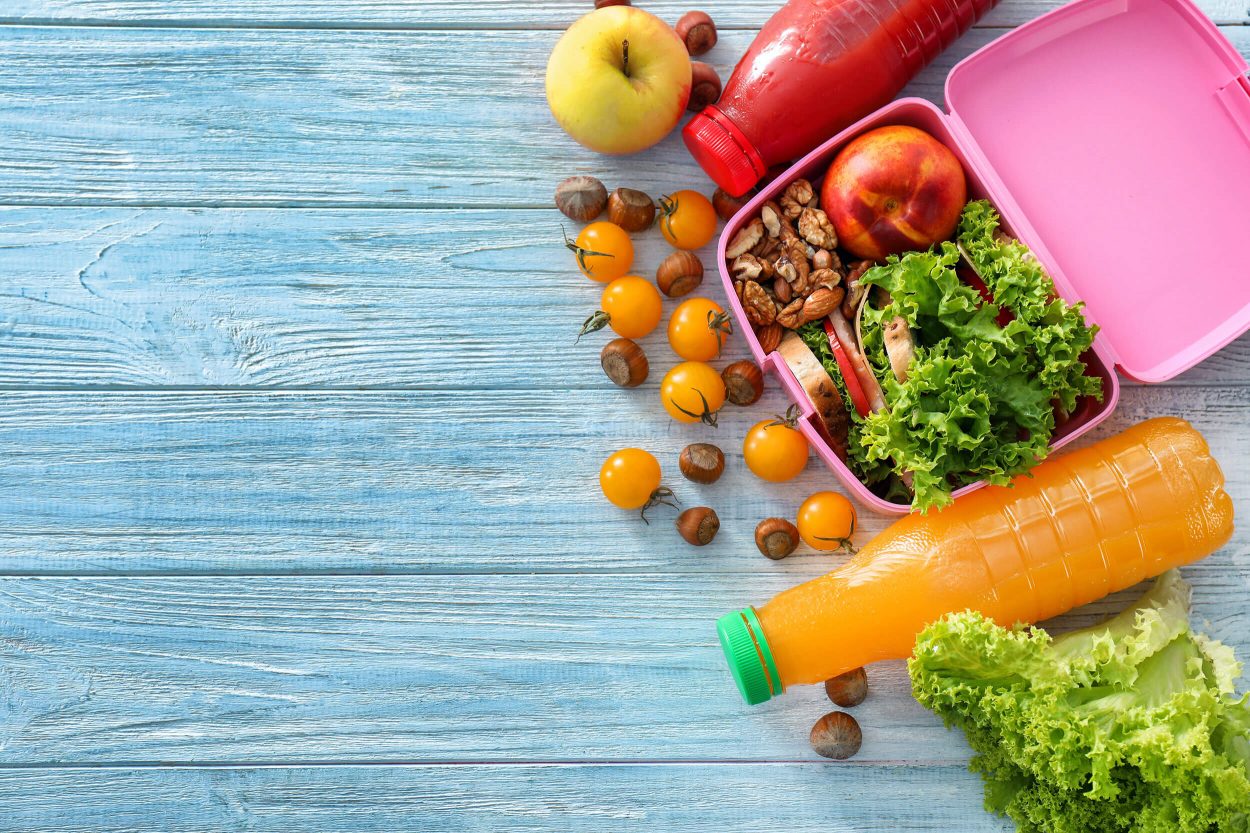What kind of tableware, cutlery and lunch box do you use for your children?
Are you using products made with plastic just because they are light, convenient and inexpensive?
Cute designs with lots of color attract children’s attention and it is fun to choose your favorite. Yes?

But what are the plastics exactly and how are they made?
We refer to this material as ‘plastics’, but there are actually thousands of different types. ‘Plastics’ are not simply one material made the same way every time. Plastics are a result of blending chemistry and engineering. As innovation marches forward, new chemical bonds and combinations are formed. Hence, plastic has infinite compositions and characteristics.

There are roughly 100 kinds of industrial plastics such as polyethylene, polypropylene, polyvinyl chloride, polystyrene, polyethylene-terephthalate (PET), of which around 30 kinds are used for food wrappings, containers or water bottles.

What is common in all plastics is that they are composed of carbon and hydrogen derived from crude oil, natural gas, or coal, shaped and formed by heating and pressure. A lot of additives are added in order to provide strength, stability and function.
The point is, plastics are man-made synthetic petrochemical products with numerous chemical additives.
We are addicted to plastic! From birth, we feed our babies with plastic bottles and allow our children to be pacified by placing plastic toys in front of them which invariably end up in their mouths. After solid foods are introduced, toddlers are served food with plastic bowls and spoons.

It is said that the additives in the petrochemical products migrate into food when exposed to heat. If the food is heated in plastic containers in the microwave, it is far worse.
Even if you buy organic vegetables and fruits, avoiding canned foods or processed foods, your tableware and storage containers are adding toxic chemicals to your food! Nobody intentionally wants this for their family, but it is exactly what is happening.
How about the impact on the environment?
- 8.3 billion tons of plastics has been produced since mass production began in 1950s
- 6.3 billion tons has already become waste
- Only 9% has been recycled
- 12% has been incinerated
- 79% is in landfills or the natural environment




